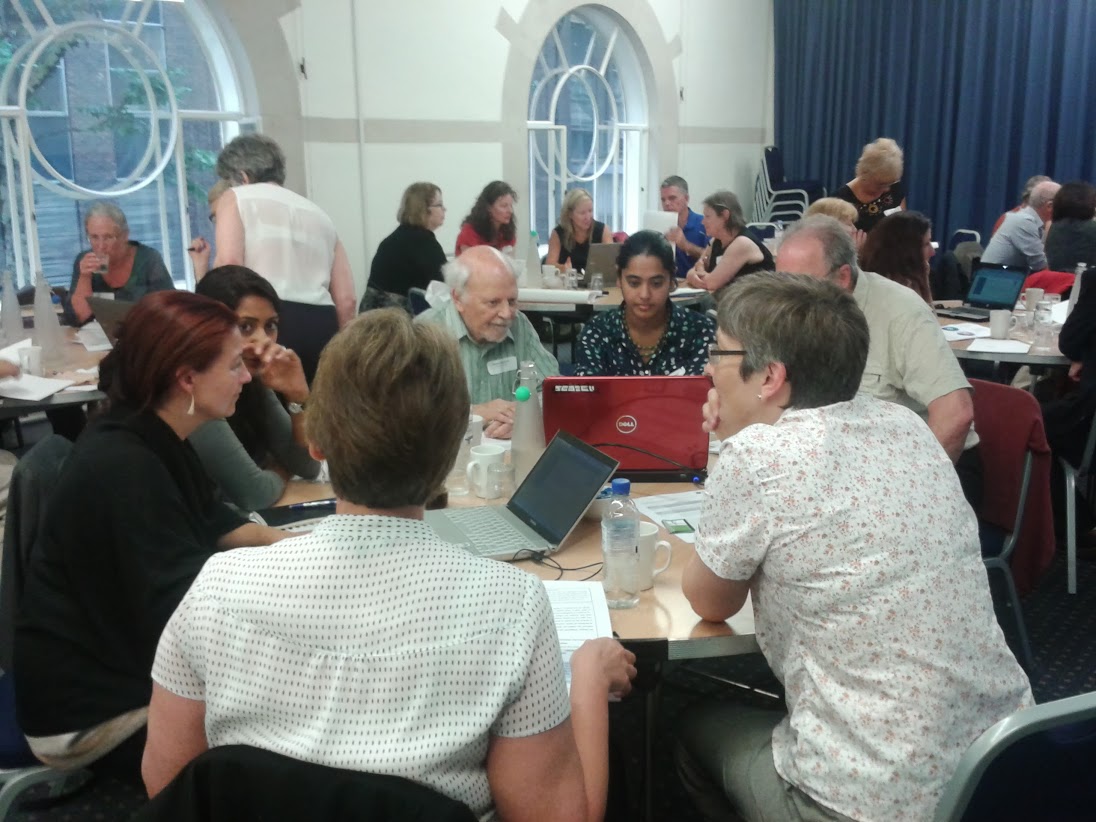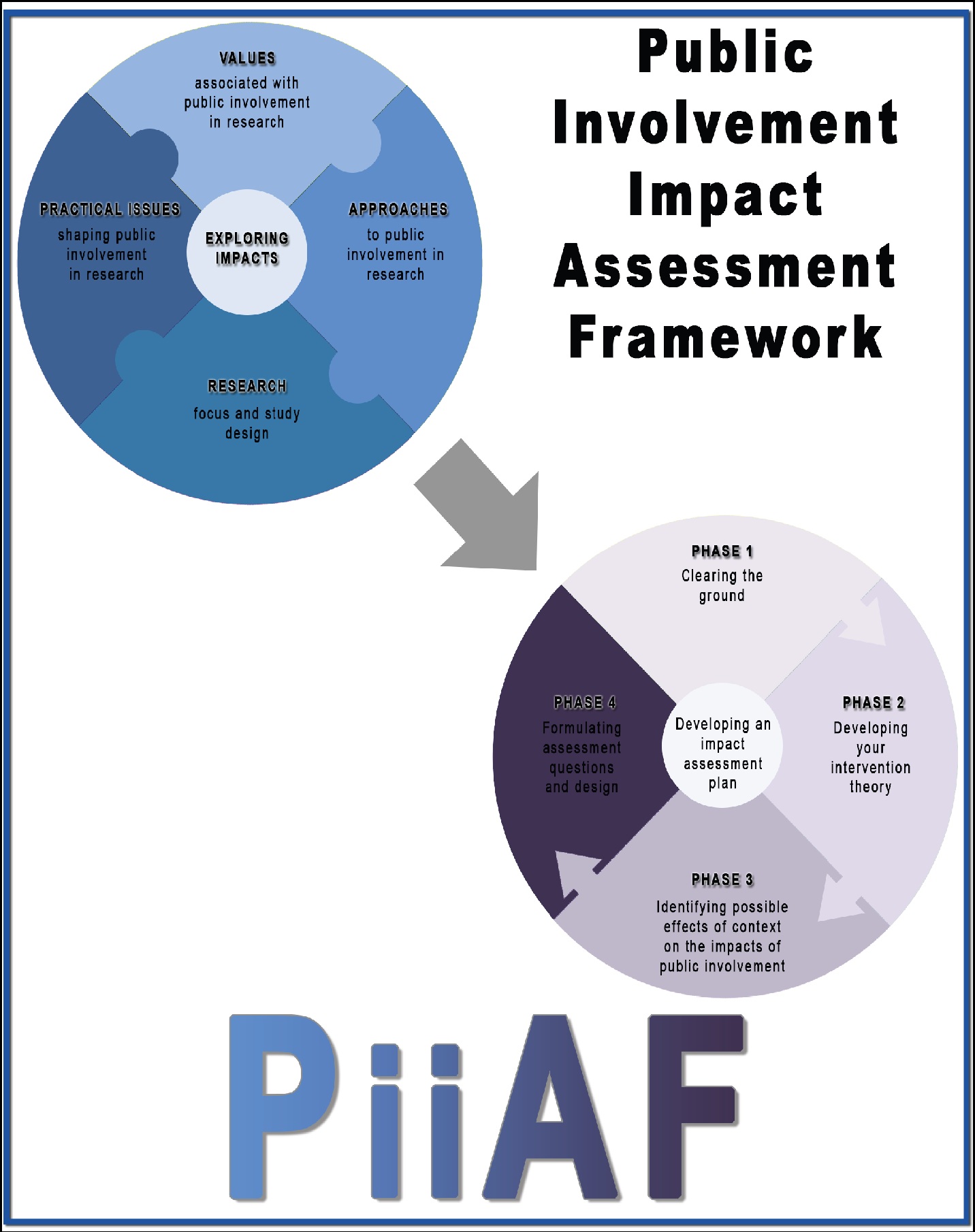Launch of the Public Involvement Impact Assessment Framework
By Marisha Palm
The Public Involvement Impact Assessment Framework (PiiAF) is a resource that was developed with funding from the Medical Research Council to support researchers to develop ways of assessing the impact of public involvement in health and social care research. The PiiAF research was a collaboration between the Universities of Lancaster, Exeter and Liverpool, and it also involved the Medicines for Children and Mental Health Research Networks.
The new resource was launched in central London on Friday 6 September to an invited audience of approximately 50 people. Professor Jennie Popay, the research lead, welcomed the audience and Simon Denegri, National Institute for Health Research (NIHR) National Director of Public Participation and Engagement in Research and Chair of INVOLVE, spoke about the potential for the PiiAF in a national context. Professor Ann Jacoby and other members of the research team joined Jennie Popay to speak in more detail about the development and testing of the resource.
The PiiAF was informed by a narrative review of diverse literature and a Delphi-type exercise. Key findings from these earlier stages of the research showed that:
(1) values are important in shaping the way that public involvement is undertaken and can shape the impacts it may have
(2) the health and social care community agree that it is important to assess the impact of public involvement
(3) there is widespread agreement that best practice standards for public involvement would be valuable.
The PiiAF has been designed to support researchers to develop tailored impact assessment plans, and the team who have developed it do not present it as a quick fix, but rather as a thoughtful process that will yield a plan designed specifically for each individual research study.
The PiiAF resource is divided into two parts. In part one the PiiAF encourages research teams to explore the factors that can influence impacts:
- values associated with public involvement
- approaches to public involvement
- research focus and study design
- practical issues shaping public involvement (such as the funding available to support involvement).
Following exploration of these factors, part two supports the development of an impact assessment plan taking users through four development phases:
- clearing the ground
- developing an intervention theory
- identifying possible effects of context on the impacts
- formulating assessment questions and an evaluation design.
There was praise from Simon Denegri and the members of the audience about the way in which the PiiAF incorporates values and allows the team to reflect on these at the outset of the impact assessment planning process. The PiiAF is comprehensive in its approach and it was acknowledged that this can been seen as both a strength and a weakness. The time commitment required could be seen as a barrier, but it may also be necessary to produce an appropriate and robust impact assessment plan.
A prototype PiiAF web resource is now live and can be found at www.piiaf.org.uk. The site illustrates the structure of the PiiAF and provides prompts, resources, a glossary of terms and links to further reading. Researchers who are working through the first part of the PiiAF can also download a Word document that provides space to record elements of their discussion for use as building blocks for the development of an impact assessment plan.

A downloadable version of the PiiAF and the PiiAF resources are currently being finalised and will be available from the website shortly.
To provide feedback on the site go to www.piiaf.org.uk/feedback.php

For information about the site please contact Libby Osbourne: l.osbourne@lancaster.ac.uk